Begoodtex® FR
BEGOODTEX inherent flame retardant fabric
Can’t Find What You Are Looking For? Find Out About Our Bespoke Design Solutions.
Inherent flame retardant fabric refers to the fabric made from permanent flame retardant fibers, which reduces the flammability to varying degrees. Even after long-term use and multiple washings, it can still maintain its flame retardant performance. It can significantly delay the burning rate during combustion, quickly self-extinguish after leaving the fire source, and release less smoke.
Flame Retardant fabric generally refers to chemically treated textiles used to slow down or prevent the spread of fire. These chemicals disrupt the combustion process, making it more difficult for fires to start and spread. In most cases, “Flame” refers to the result of small-scale combustion testing (i.e. using a small flame as the ignition source).
Fire Retardant fabric is a broad term usually used to describe chemically treated textiles that prevent ignition or slow down the spread of fires. “Fire” refers to the result of larger scale combustion testing, simulating more realistic fire scenarios.
Flame Resistant fabric and Fire Resistant fabric refer to textiles that have the ability to resist fires. These fabrics are typically made from special fibers or materials.
Flammable fabric: Refers to fabric that has the characteristic of being easily ignited and can easily cause fires or combustion when in contact with a heat source or high temperature.
Flame retardant fabric: Refers to fabric that is made with flame retardant fibers or has flame retardant additives added to it. It can slow down the burning speed, delay the spread of fire, and has the ability to self-extinguish, reducing the risk of fires.
Fireproof fabric: Refers to fabric that can effectively resist the spread and combustion of fires. It has high fire resistance and will not burn even when exposed to an open flame.
Inherent flame retardant fabric can be used for various purposes, including curtains, furniture, bed sheets, towels, and other home textiles. They are also used in environments such as hospitals and hotels where people may be at risk.
Inherent flame retardant fabric can be reused, and it’s flame retardant effectiveness do not change at all after many times washes.
The impact of washes on flame retardant fabrics is typically categorized as follows:
Temporary flame retardant fabric: 1 wash
Semi-durable flame retardant fabric: 1-15 mild washes
Durable flame retardant fabric: 50-200 soap washes
Inherent (permanent) flame retardant fabric: permanently flame retardant
USA: NFPA 701, CA117, CFR 1615, CA TITLE 19
CA: CAN / ULC-S109-14
FR: NF-P92-503-M1
UK: BS5815, BS5852 CRIB 5, BS5867 TYPE C, BS7175 SOUCE 7
EU: EN13501-1, EN 13773 CLASS 1
DE: DIN 4102-B1, DIN 54342
JP: JIS L 1091
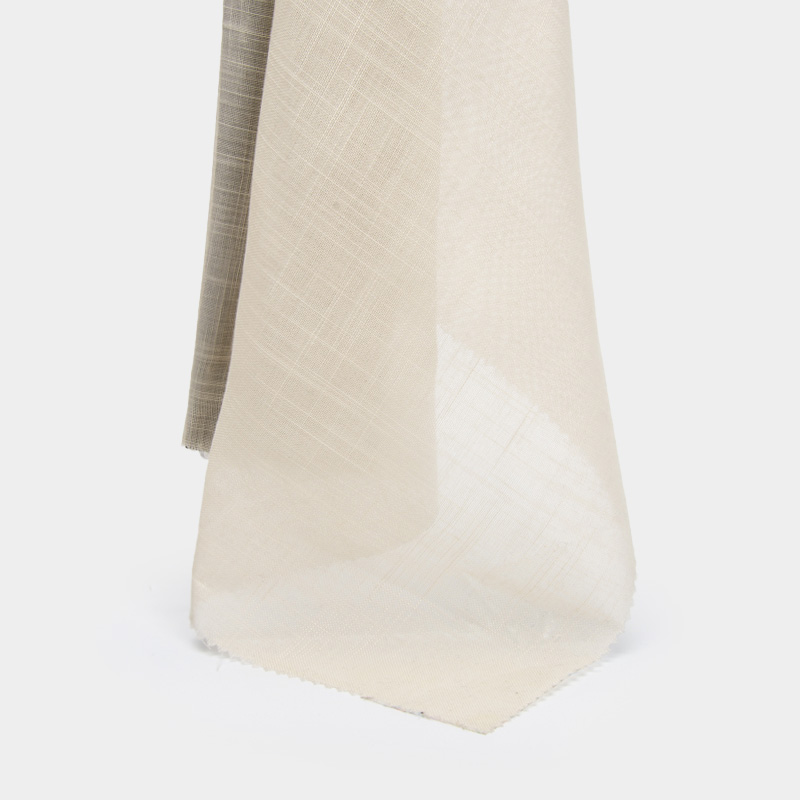
SKU: BG-A187-801
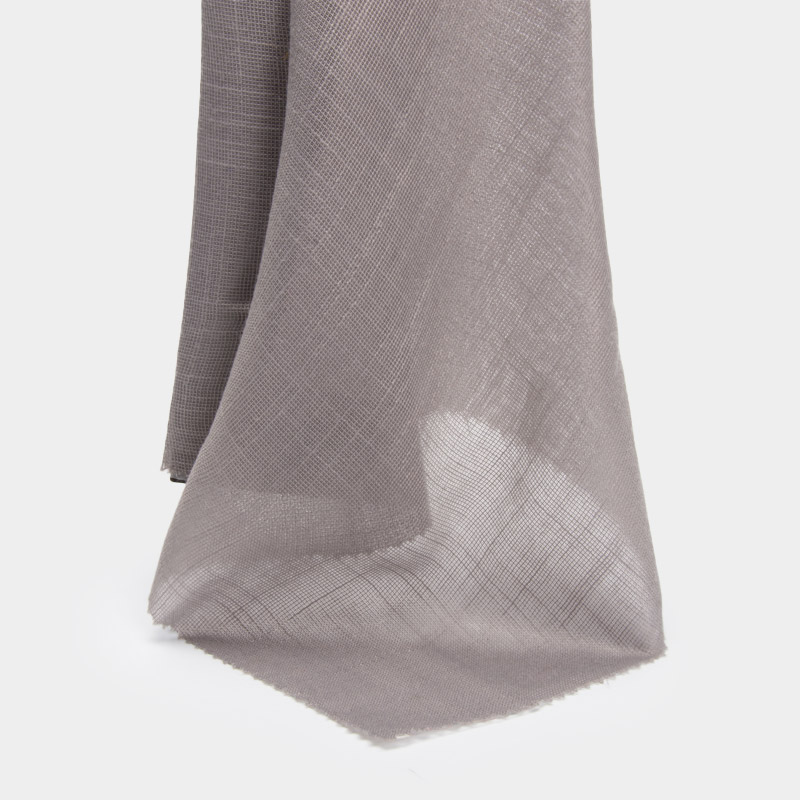
SKU: BG-A189-302
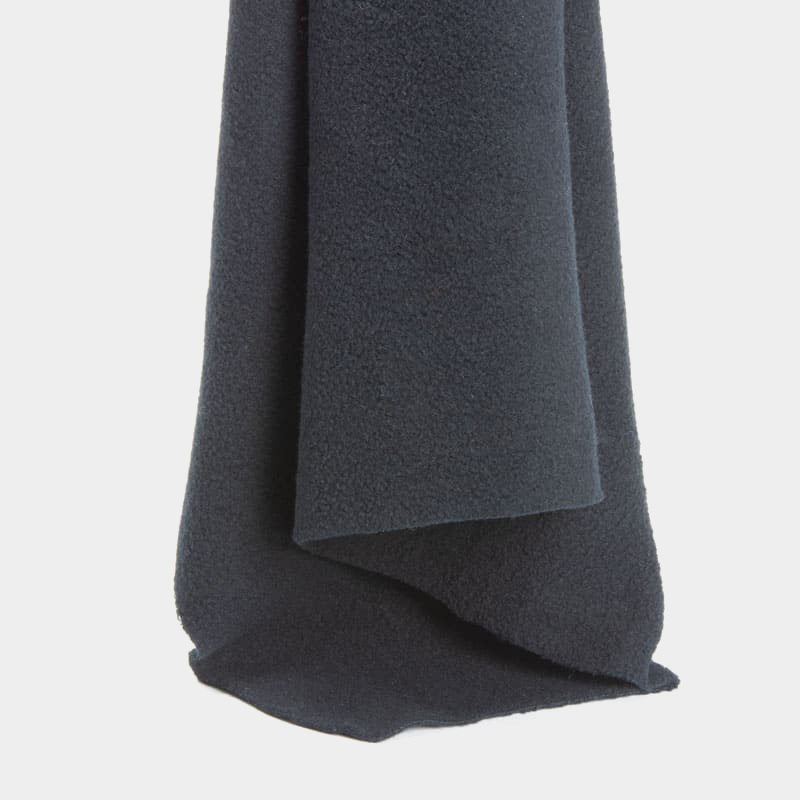
SKU: BG-103
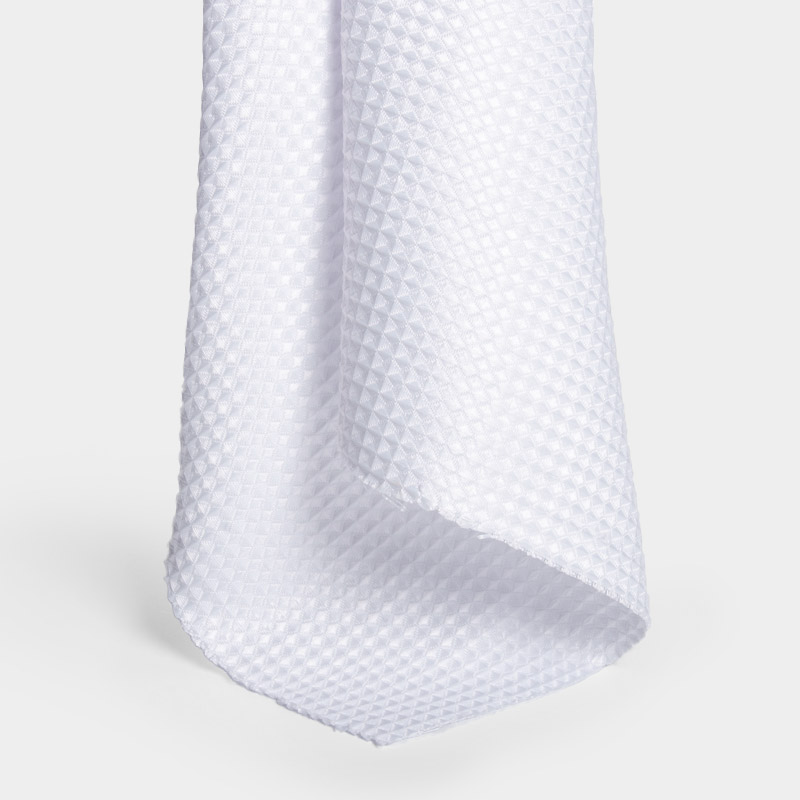
SKU: BG-D56-201
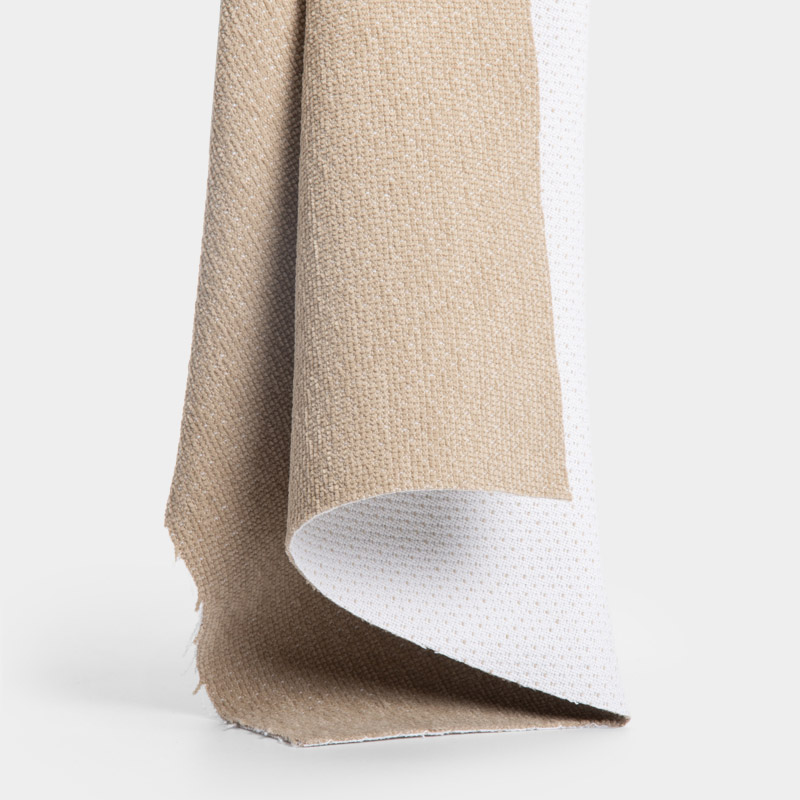
SKU: BG-H27-203